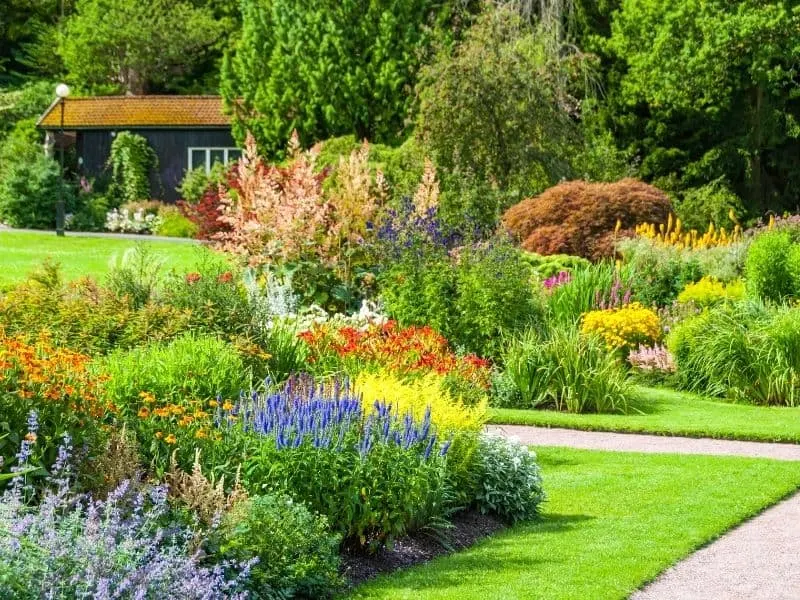Your outdoor space is a canvas waiting to be painted with nature’s brushstrokes. Landscaping is an art that goes beyond mere gardening; it is the skillful arrangement and harmonious blending of plants, hardscapes, and other elements to create a captivating and inviting outdoor environment. Whether you have a sprawling backyard or a small urban balcony, landscaping offers a myriad of possibilities to enhance your living space. In this article, we will delve into the world of landscaping and explore the key elements that make it a unique and captivating art form.

At its core, landscaping is about creating a balance between natural beauty and human design. It involves carefully selecting and arranging plants, flowers, trees, and shrubs to create an appealing visual composition. The choice of plant species, colors, textures, and heights all play a role in creating a harmonious and cohesive landscape. A well-designed garden can evoke a range of emotions and create a sense of tranquility, awe, or excitement.
One of the essential aspects of landscaping is understanding the environment in which you are working. The climate, soil type, and sunlight exposure are vital factors to consider when selecting plants and designing your outdoor space. Native plants often thrive in their natural environment and require less maintenance, making them an excellent choice for sustainable and low-maintenance landscapes. By incorporating native plants into your design, you can create a landscape that seamlessly integrates with the surrounding ecosystem.
Hardscaping elements such as pathways, patios, decks, and water features are integral to landscaping as well. They provide structure, define spaces, and create focal points within the landscape. A beautifully designed pathway can guide visitors through the garden, while a well-placed water feature can add a soothing element of sound and movement. Hardscaping materials, such as natural stone or wood, can complement the overall design and add a touch of elegance and durability to your outdoor space.
In addition to aesthetics, landscaping can also serve functional purposes. For instance, strategically planted trees and shrubs can provide shade, reducing energy consumption and creating a more comfortable outdoor environment. Privacy screens made of climbing plants or strategically placed fences can create secluded areas within your garden. Moreover, landscaping can contribute to environmental sustainability by incorporating rainwater harvesting systems, permeable surfaces, and sustainable irrigation methods.
Landscaping is a dynamic art form that evolves with the changing seasons. From vibrant spring blooms to the fiery hues of autumn, each season offers an opportunity to transform your outdoor space and showcase nature’s ever-changing palette. By carefully selecting a variety of plants that bloom at different times, you can create a landscape that is alive and captivating year-round.
Engaging in landscaping projects can be a rewarding and fulfilling experience. It allows you to connect with nature, unleash your creativity, and create a personal sanctuary right outside your door. However, it is essential to plan and execute your landscaping endeavors thoughtfully. Consider consulting with a professional landscaper or doing thorough research to ensure your design aligns with your vision, budget, and the unique characteristics of your outdoor space.
In conclusion, landscaping is more than just planting flowers and mowing lawns—it is an art form that transforms outdoor spaces into stunning works of art. By skillfully combining plants, hardscapes, and other elements, you can create an environment that is not only visually appealing but also functional and sustainable. Whether you have a vast garden or a small balcony, landscaping offers endless possibilities to unleash your creativity and create a space that reflects your unique personality. So, grab your gardening gloves and embark on a journey to transform your outdoor space into a breathtaking oasis.

